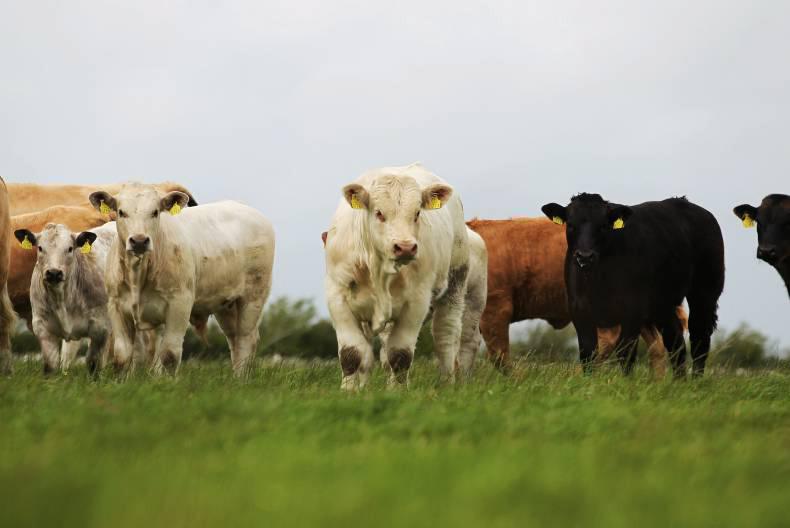According to the latest report from Agricultural and Horticultural Development Board (AHDB), a clear divergence has emerged between the UK’s dairy and beef herds over the last number of years.
As of December 2014, the UK suckler herd stood at 1.54m head, a 1% decline compared with the same period last year. Over the past 10 years, the suckler herd has fallen by over 200,000 head and it leaves the UK suckler herd at its lowest point since the 1980s.
In contrast, the UK’s dairy herd has been in growth mode due to greater farmer optimism for the future of dairying. At December 2014, the UK’s dairy herd stood at 1.88m head, an increase of 4% compared with the previous year.
More than 100,000 cattle have been added to the herd over the past three years, leaving the UK dairy herd at a level not seen since 2008. However, while the long-term outlook for UK dairying is positive, the sector faces some short-term challenges, as we can see right now in the weakness of the global dairy market.
With many UK producers now facing their lowest milk prices in many years, it is therefore likely the growth in the UK’s dairy herd may slow in the short-term.
Throughput
The report from the AHDB also shows that the total throughput of prime cattle in the UK is in decline for the year to date. For the first six months of 2015, throughput of prime cattle are back 3% compared with the same period in 2014 and supplies are expected to tighten further during the second half of the year.
Overall, the AHDB is forecasting that prime cattle numbers will be about 1.9m head for the full year. The reason behind the decline is due to a significant reduction in calf registrations in 2013, leaving a shortage of cattle between 18 and 24 months of age.
However, calf registrations in 2014 increased by 2% and for the first half of 2015, registrations are up 4% year-on-year, meaning a recovery in cattle throughput back in the region of 1.97m head is likely in 2016/17.






 This is a subscriber-only article
This is a subscriber-only article











SHARING OPTIONS: